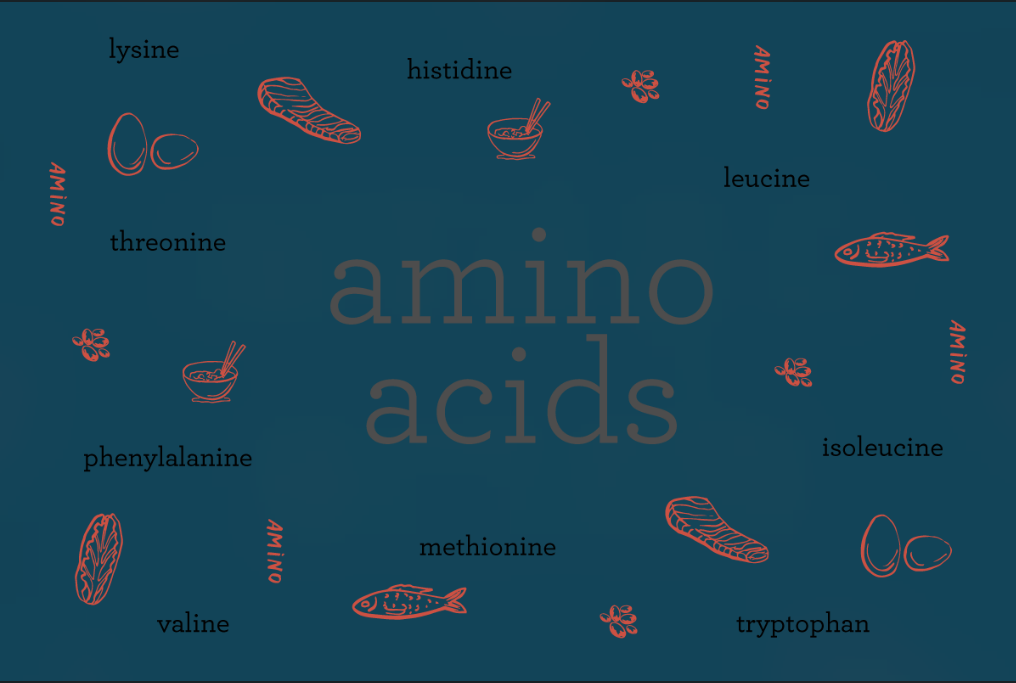Time: Popularity:0times
Amino acids are the building blocks of proteins and play crucial roles in biological processes. While most people know the basics, here are some lesser-known facts about these fascinating molecules.

Scientists have detected amino acids in meteorites, suggesting they may have played a role in the origin of life on Earth. The Murchison meteorite, which fell in Australia in 1969. contained over 70 different amino acids, including some not found on Earth (1).
| Amino Acid | Found in Meteorites? | Biological Role on Earth? |
|---|---|---|
| Glycine | Yes | Protein synthesis |
| Alanine | Yes | Energy metabolism |
| Isovaline | Yes | Rare in terrestrial life |
Certain amino acids, like tryptophan and tyrosine, fluoresce under ultraviolet light. This property is used in biochemistry to study protein structures (2).
Life on Earth uses L-amino acids (left-handed), but in space and lab experiments, D-amino acids (right-handed) also form. Some bacteria use D-amino acids in their cell walls (3).
| Amino Acid Form | Biological Preference | Example Use |
|---|---|---|
| L-amino acids | Most life on Earth | Human proteins |
| D-amino acids | Some bacteria | Bacterial cell walls |
A single mutation replacing glutamic acid with valine in hemoglobin causes sickle cell anemia, a serious blood disorder (4).
Monosodium glutamate (MSG), derived from glutamic acid, enhances umami flavor. Meanwhile, glycine tastes sweet, and leucine is slightly bitter (5).
Amino acids are more than just protein components—they exist in space, fluoresce, influence taste, and even cause diseases when mutated. Their versatility makes them essential to life as we know it.
Kvenvolden, K. et al. (1970). "Evidence for extraterrestrial amino-acids and hydrocarbons in the Murchison meteorite." Nature.
Lakowicz, J. R. (2006). Principles of Fluorescence Spectroscopy. Springer.
Friedman, M. (1999). "Chemistry, nutrition, and microbiology of D-amino acids." Journal of Agricultural and Food Chemistry.
Ingram, V. M. (1956). "A specific chemical difference between the globins of normal human and sickle-cell anaemia haemoglobin." Nature.
Kurihara, K. (2015). "Umami the Fifth Basic Taste: History of Studies on Receptor Mechanisms." Biological & Pharmaceutical Bulletin.
Company Phone
+86-21-6420 0566
Working hours
Monday to Friday
Mobile phone:
13816217984
Email:
info@qinsun-lab.com
